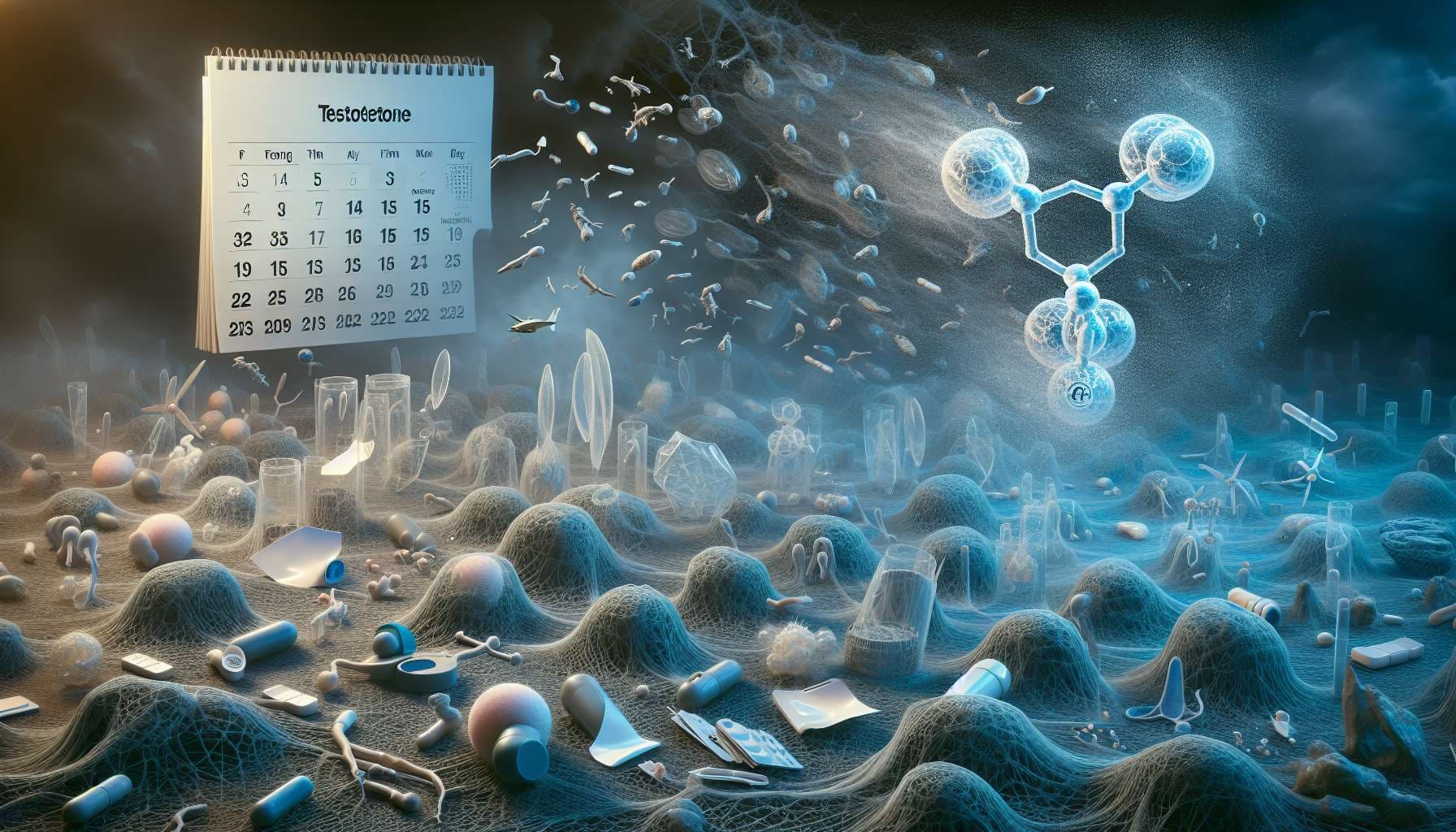
Inspired by this tweet: https://x.com/esyudkowsky/status/1873740847159845193?s=46&t=62uT9IruD1-YP-SHFkVEPg
This resolves YES if a scientific consensus (or even something halfway to a scientific consensus, like a leading theory that is covered substantially in the press, or several well-received, seemingly conclusive, and influential Nature/Science papers, etc) emerges that (1) testosterone levels are indeed declining on a societal level and this isn’t due to changing measurement standards, sampling bias in historical data, etc. and (2) microplastics are a leading cause (or one of several leading causes) of this.
Things that will not be sufficient for a resolution:
-studies showing that when you dose mice with high levels of microplastics, it affects their hormones (obviously it could)
-individual journal articles (even a large number of them) that conclude one way or the other on this matter (I’m sure there will be tons of these, don’t be a “man of a single study”), especially those of the current paradigm which make broad claims from pinpoint experiments or correlational studies
-a political consensus
-someone winning a large debate on this topic in one direction or the other
This could be a very subjective resolution, so I will obviously not be betting on this market. Currently, I would say that there is no convincing evidence of causation, and I am doubtful it will emerge. I am very open to changing my mind on this subject, however! I will also listen to other Manifold superusers for their input on this market, and will very likely not resolve against a community consensus.
@ThorRussell Your subsidy would have gone further as a limit order at a probability you don't think is too low.
2028 is early; only a 50% market probability that an answer is known by then at all. So I guess if we double this market probability, that gets us 60%. https://manifold.markets/jeremiahsamroo/will-the-causal-factors-for-the-glo?play=true
@EliezerYudkowsky I mean, you absolutely can't just double the value like that. You'd have to do (1-((1-0.3)^2)), if you're assuming equal probabilities in both 50% worlds which it seems like you are, not 0.3*2, which would get you 0.51, not 0.6.
@benshindel ...explain that math, please? The way I see it, this market resolves YES if the cause is known AND the known cause is microplastics; and then if we handwave that whether the cause becomes known is independent of what the cause is, we indeed double the probability.
@EliezerYudkowsky I would disagree.
Say someone died in circumstances that are weird enough that there's ambiguity as to how they died.
Let's say that we MIGHT be able to tell for sure how they died if they died from physical trauma, a conclusive answer is at least possible
Let's say that if it was cold, poison, asphyxiation, etc. it would be very very hard to tell
A market of "will we know" and "was it x" won't be bluntly computable, you can't just multiply probabilities and expect an answer that reflects reality
I anticipate that the decreased testosterone levels are definitely occuring but that if micropalstics were the cause that would be an easy answer that is more testable, and there are answers that are more nebulous and harder to test which might keep us from finding an answer.
If it's plastic, we'll likely know
If it's not plastic, I expect conclusive data might be harder
I don't feel safe on the "will we know" market, I feel safe betting this down though
@benshindel I think you're too prediction market pilled here, there are degrees of freedom not being accounted for, I'd have to sit down and make sure your math is right but it's a moot point because there aren't enough bits of information here to be doing that calculation
@Nocuddles I mean ya it’s moot but my math is correct lol.
Alice has a 30% chance of getting a job in 2024 and a 30% chance of getting a job in 2025. What is her chance of getting a job in 2024 or 2025? Is it 60%? No lol. It’s 1-0.7^2, which is 51%.
@benshindel I am doing an entirely different piece of math: If I lost my keys and will only find them if they turn out to be under the spotlight (which has a 10% chance), and I forgot whether they're blue or red, and the market price for "Will I find my blue keys?" is 8%, then we can estimate an 80% chance that my keys are blue.
@Gurkenglas agreed, kinda what I mentioned. If the hormone thing turns out to be caused by something totally inscrutable that can't be proven easily, then the likelihood that an answer will be found at all is partially the likelihood that the answer isn't totally inscrutable.
Fermi estimates are fun but likely fail here